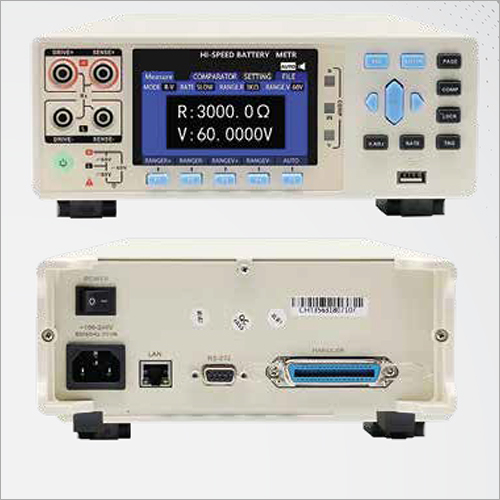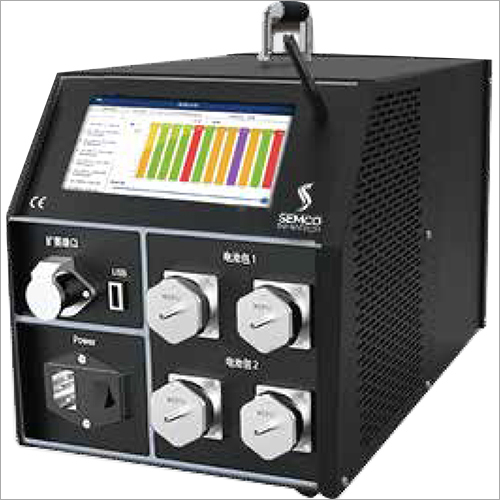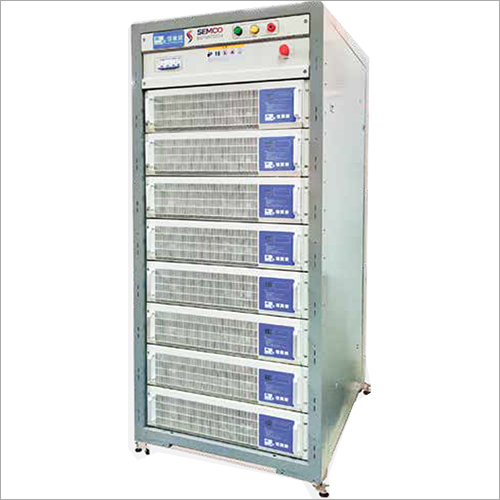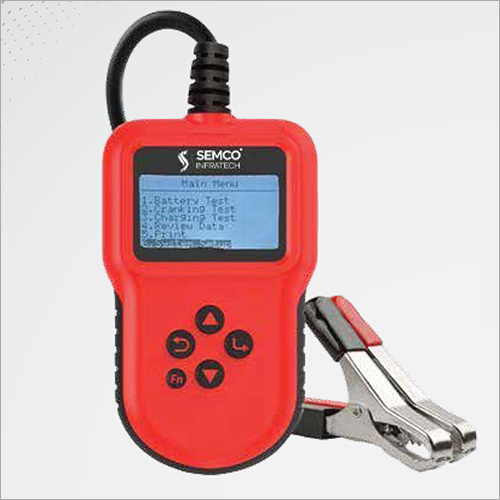Battery Internal Resistance Meter
Product Details:
Battery Internal Resistance Meter Price And Quantity
- 1 Piece
- 200000 INR/Piece
Battery Internal Resistance Meter Trade Information
- All India
Product Description
A battery internal resistance meter is a device used to measure the internal resistance of a battery. The internal resistance of a battery is a measure of its ability to deliver current, and is affected by factors such as the chemistry of the battery, its state of charge, and its temperature. The battery internal resistance meter typically consists of a load bank, a voltage and current measurement unit, and a control unit. The load bank is used to discharge the battery, and the voltage and current measurement unit measures the voltage and current during the discharge process. The control unit then calculates the internal resistance of the battery based on the measured values.
Battery internal resistance meters are commonly used in the testing and maintenance of various types of batteries, including lead-acid, nickel-cadmium, and lithium ion batteries. They are particularly useful for monitoring the health and performance of batteries over time, as changes in the internal resistance can indicate issues such as battery aging, degradation, or damage. Some of the key features of a battery internal resistance meter may include high accuracy, the ability to measure the internal resistance of multiple cells or batteries simultaneously, and the ability to store and analyze data over time. This allows for more efficient testing and analysis of battery performance, and can help identify potential issues before they become more serious.
Overall, a battery internal resistance meter is an important tool for battery testing and maintenance, helping to ensure the reliability and longevity of batteries in various applications, including automotive, telecommunications, and backup power systems.
FAQ
1. What is a battery internal resistance meter?
Ans - A battery internal resistance meter works by applying a small amount of direct current (DC) to the battery and measuring the voltage drop across the internal resistance. The voltage drop is then used to calculate the internal resistance of the battery.
Ans - A battery internal resistance meter can be used on any type of rechargeable battery such as lead-acid, nickel-cadmium, nickel-metal hydride, and lithium-ion batteries.
Ans - Using a battery internal resistance meter can help to identify problems with a battery before it fails. It can also be used to determine the state of charge of a battery and the health of the cells, allowing for improved battery management and a longer battery life.
Other Products in 'Lithium Battery Automatic Sorting Machine' category
|
|
|
 |
SEMCO INFRATECH PVT. LTD.
All Rights Reserved.(Terms of Use) Developed and Managed by Infocom Network Private Limited. |









